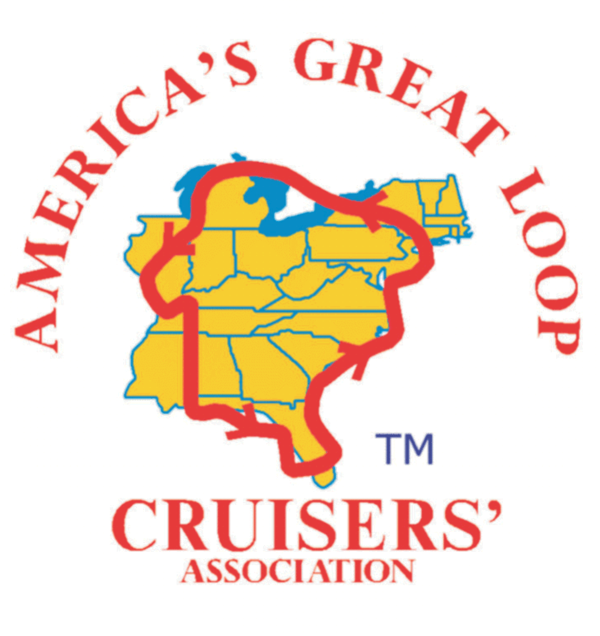Interest in the Great Loop, the 6,000-mile boat trip that circumnavigates the eastern US and part of Canada, is growing rapidly. But, as many consider taking on this adventure of a lifetime, a frequent question is “Can I afford it?” The simple answer is yes, as there are many ways to Loop on a budget. Although, the follow-up question that requires a more in-depth answer is “How?” For those on a fixed budget, the choice of Looping boat can affect the expenses in a big way, varying the total cost by tens of thousands of dollars.
Many members of America’s Great Loop Cruisers’ Association (AGLCA) who have completed the Great Loop report slip fees, followed closely by fuel, are the largest expenditures. The good news is, those two budget line-items can be controlled.
Boat length has a direct impact on marina costs since slip fees are almost always per foot. But beyond marina costs, some waterways, such as Canada’s Trent Severn Waterway, charge based on the length of the boat.
With slip fees averaging about $2 per foot, tying up in marinas about half the time saves around $10,000 in a 20-something foot boat versus a 50-foot boat. The amount saved, however, depends on many factors including how frequently you take advantage of discounts such as those offered to members or for longer stays.
Although slip fees may be costly, they are optional. Some Loopers choose to anchor out frequently due to budget constraints or a longing for the peace and tranquility of a quiet anchorage. Spending the night on the hook regularly may be more comfortable if your Looping boat is equipped with the proper ground tackle (a requirement), a generator, and a comfortable dinghy that is easy to launch and retrieve. These items may cost more initially but the savings to be had anchoring will offset the higher cost.
Fuel costs are probably the most varied when actual totals are reported by Loopers to AGLCA; but, more importantly, the speed traveled can save significantly on fuel. Slow-moving, lower horse-powered vessels, like trawlers and sailboats, are more fuel efficient than “go-fast” boats that travel at their cruising speeds.
Fuel consumption rates found in a search of AGLCA’s cost of Looping calculator varied from less than one gallon per hour for a 29-foot sailboat to more than 25 gallons per hour on a 46-foot motor yacht. Due diligence is needed in determining the consumption rate of the boat you are considering for your Great Loop Adventure.
Boat choice can make or break a Looping budget. Loopers report costs that range from about $10,000 on a 22-foot trawler that anchors out most of the time to over $125,000 for a 47-foot motor yacht that tied up at marinas nightly. Sure, land activities are important when it comes to expenses, but choosing the right boat for personal cruising style (preferred speed, nights at anchor, size) is the best way to control a budget.
Visit www.GreatLoop.org for additional Great Loop inspiration and information.

